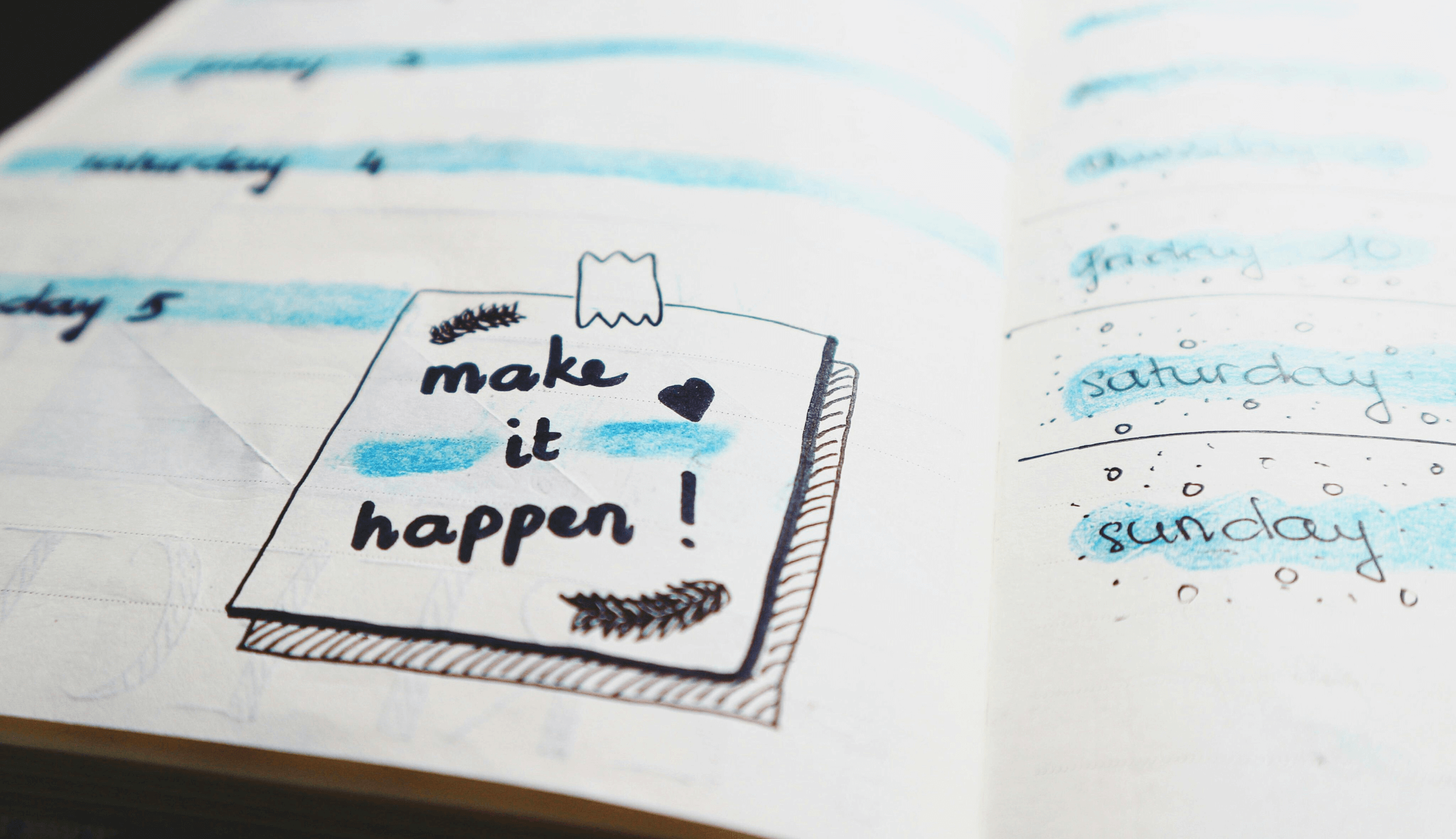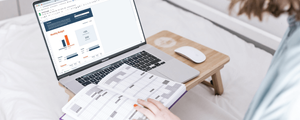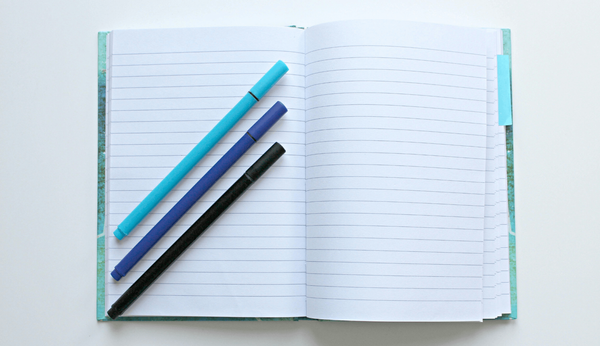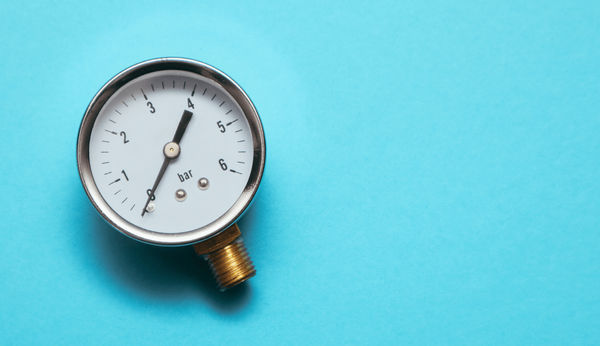Franc Takeaways
- If you don’t repay your debt, it will continue to grow through compound interest.
- How much you owe on each account and the interest charged on that specific debt should help you decide which debt to pay off first.
- Debt consolidation means combining multiple debts into a one big debt, often with better terms, such as a lower interest rate or a longer repayment period.
- Debt refinancing is the process of replacing an existing debt with a new one that has different terms.
What is debt?
To explain debt, let's start with credit. The word "credit" has many meanings in the financial world, but it most often refers to an agreement in which a borrower gets a sum of money or credit facility and commits to repaying the lender, with interest. The “debt” is the outstanding amount owed to the lender at any given point in time.
Often you will need to repay your debt through monthly instalments. It’s important to understand that your monthly repayments are made up of two parts:
- The principal component is the money you’re paying to lower the amount that you still owe.
- The interest component is the monthly charge that is calculated on how much you still owe.
All Debt is Not Equal
The National Credit Regulator has the final say on the maximum interest rate and administrative fees that a creditor can charge for the different types of credit agreements.
The interest rate is based on the repo rate (“RR”) (the rate at which the South African Reserve Bank lends money to private banks), and can be accessed by everyone on the website of the South African Reserve Bank (SARB).
Table: Based on the Limitations of Fees and Interest Rates published by the Minister of Trade and Industry in 2015.
3 Steps to Get Rid of Debt
Freeing yourself from debt is not easy, but it’s also not impossible (take Franc investor Connie's word for it – she conquered a R1 million debt mountain!). It takes planning and a lot of commitment. Follow these 3 steps to get started:
Step 1. Know why you want to do this
Paying down debt is hard and stressful, and it requires you to make tough decisions. That means you’ll struggle to stay committed if you don’t own the process.
The best way to stay motivated is to be clear about why you want to get rid of your debt. It could be financial freedom, the ability to invest in your future or the fact that you don’t want to burden your family if something happens to you.
We all have our own private goals, so hone in on yours, write it up and put it next to your bathroom mirror so that you’re reminded of it every day.
Step 2. Know what you owe
Make a detailed list of all of your debt, including credit card balances, personal loans, car loans, student debt, your mortgage and any other debt, to get a clear picture of where you're at now.
This list should be made up of:
- All of your debt accounts
- What you still owe on each
- Minimum monthly payments on each
- What interest you are charged on each loan, and
- The due date for each
If you aren't sure exactly what you owe, check your credit report for free to get a clear view of your debts, including any in collections. Then calculate your total minimum monthly payment by adding up the minimum payments of all your debts to find the minimum amount you need to pay every month to stay on top of your debt.
Step 3. Work your way through your debt
The best way to get out of debt faster is to pay more than you’re expected to every month. If you do, you’re effectively making the overall cost of credit – and the amount you end up paying – smaller by reducing the principal amount you owe faster.
An added benefit is that the interest charged will get smaller and smaller, which will reduce your minimum repayment amount.
It pays to prioritise which debts to pay down first. Keep in mind that your mortgage is one debt that may be impossible to pay off in a short period of time—instead, focus on debts such as credit card balances and other small loans that you can pay down more quickly.
After that, there are two different strategies to help you prioritise your loans:
Debt Avalanche Method:
This is when you prioritise your debts by interest rate. Look back at the list you just made, and sort them from highest to lowest interest rate. Start paying more than the minimum on the debt with the highest interest rate first (while still paying the minimum on your other debts) and once you’ve paid it back, tackle the next one.
Debt Snowball Method:
This strategy prioritises your debts based on the balance you owe. You would tackle the debt with the lowest balances first, paying back more than you need to while making minimum repayments on your other debts. Once you’ve paid that back, you work your way through your other debts. It has a snowballing effect: you start with your smallest debts first, and make your way to the biggest debts.
Achieving these small milestones along the way towards totally repaying your debt will hopefully inspire you to keep going, and give you a mental boost knowing you can achieve your overall goal.
Tips for getting rid of debt faster
1. Find more money to pay down your debt
The maths is simple: the more money you have at the end of every month, the quicker you can pay down your debt and get out of debt faster. You can have more money at the end of the month by either earning more (asking for a promotion or getting a side hustle), or lowering your monthly costs (cutting back on non-essential expenses).
2. Consolidate or refinance your loans
If you’ve got to this point and you’re still not able to make a dent in your debt, you might need to consider a debt consolidation loan to help you potentially save on interest and streamline debt repayment.
By paying off all your different debts all at the same time, you can possibly get a lower interest rate and simplify your loan costs and repayments to a single monthly payment.
You may also be able to refinance your loan with your credit providers by asking your lender for a lower rate. If you have a good payment history with them and good credit, you may be able to negotiate a lower rate with your lender for a period of time, or even permanently.
The Bottom Line
Getting out of debt is a slog, yet it’s a worthwhile step to avoid stress on your long-term financial health. When you’re satisfied that any debt remaining is at a level where the convenience it adds to your life is worth the cost, then debt becomes a tool, not a burden.
It also goes without saying that while you’re paying off your debts, you should avoid taking on any new debt that isn't absolutely necessary (read our blog post about how to avoid bad debt entirely). Be especially careful if you plan to use a personal loan or credit card with high interest rates.










![How to Make a Budget Plan in 3 Steps [+ personal budget sheet template]](/blog/content/images/size/w600/2024/02/Budgeting-and-counting-out-money.png)